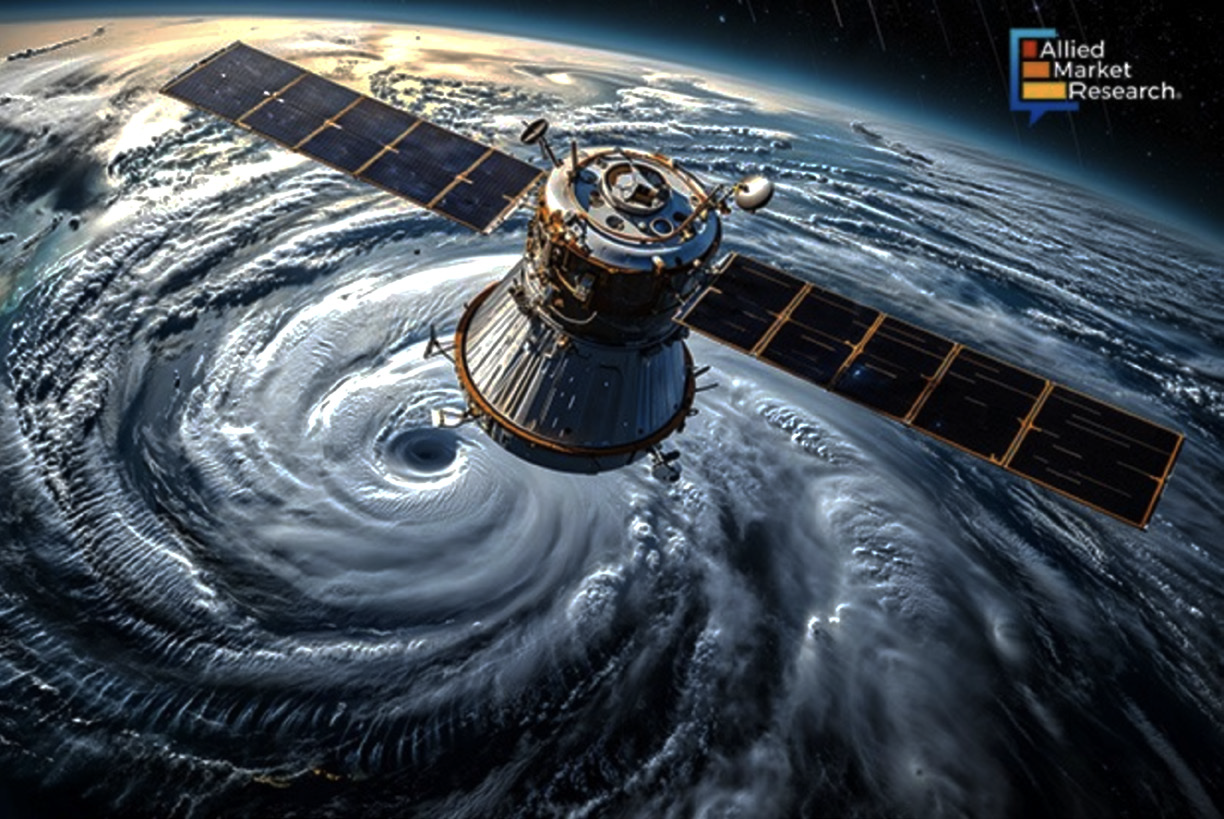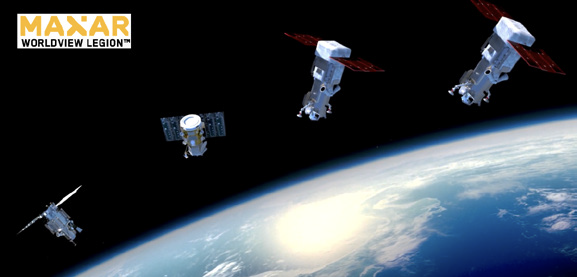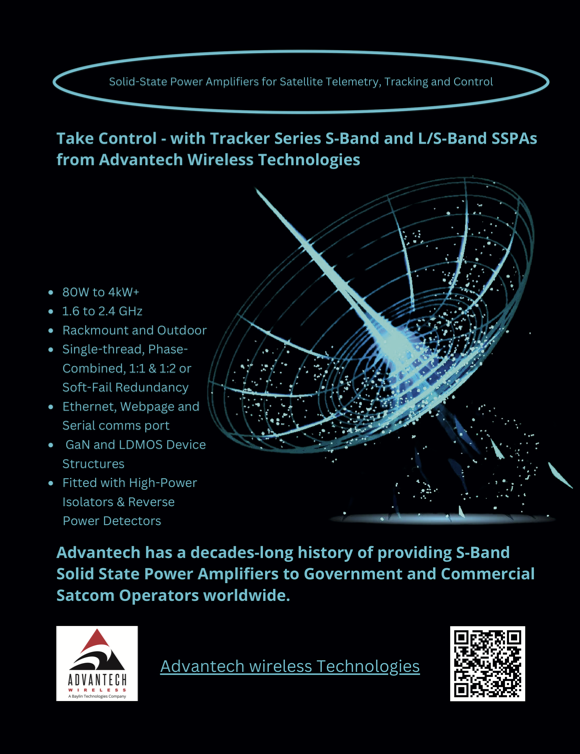Satellite imaging primarily involves capturing images of the Earth from satellites and these images are used for various commercial purposes, known as commercial satellite imaging.

These advanced satellite systems offer valuable insights for industries, such as environmental monitoring, agriculture, defense, disaster management, and urban planning.
One of the key factors contributing to the commercial satellite imaging industry’s growth is the rising demand for precise and current geospatial information. The industry is estimated to display a notable CAGR of 11.5% by 2032. Satellite imaging provides a cost-effective and efficient way to acquire detailed imagery and data from various regions.
The availability of high-resolution imagery allows businesses and organizations to make informed decisions and monitor changes across multiple sectors.
Moreover, the integration of small satellites, constellations, and high- resolution imaging sensors significantly enhances the abilities of commercial satellite imaging.
Enhancing urban planning with satellite imaging
and AI
The rapidly developing urban areas are straining the environment, including urban parks and green spaces. These green spaces are essential for enhancing urban areas and improving the quality of life for urban populations.
Technologies such as satellite imagery and Artificial Intelligence /Machine Language (AI/ML) can assist urban developers and land managers in monitoring and making informed decisions for sustainable urban development, particularly in densely populated urban environments. Also, these technologies help minimize flooding in urban areas by providing detailed, high-resolution data on the urban landscape.
Moreover, satellite images offer abilities for significant change detection in land use and urban land cover. This enables frequent coverage and the overlaying of different time sequences to classify sustainable areas for proposed development zones. Therefore, satellite imagery combined with AI/ML technologies can facilitate sustainable urban planning and development.
Collecting precise data with multispectral
and hyperspectral imaging
The commercial satellite imaging industry is using hyperspectral and multispectral imaging technologies to expand the scope of applications and insights derived from space-based imaging.
The complementary nature of these imaging technologies is leading to increased commercial interest and opportunities. Startups are launching advanced hyperspectral satellites for applications including mining monitoring, climate change tracking, and crop analysis.
Multispectral sensors are widely used in advanced commercial Earth Observation (EO) satellites. Integrating data from hyperspectral and multispectral sensors enhances the ability to obtain detailed and accurate information about the Earth’s surface.
Hyperspectral sensors gather data across hundreds of narrow, contiguous spectral bands in the electromagnetic spectrum from visible to infrared wavelengths. This ability enables them to capture precise spectral signatures of objects, facilitating applications such as vegetation analysis, water quality monitoring, and mineral mapping.
However, hyperspectral imaging offers higher spectral resolution at the expense of lower spatial resolution compared to multispectral sensors.

Simultaneously, multispectral sensors acquire data using limited broader spectral bands, ranging from 4 to 36 bands. Although they provide lower spectral resolution than hyperspectral sensors, multispectral sensors generally offer higher spatial resolution. This makes the imaging suitable for applications such as urban planning, agricultural monitoring, and land cover mapping.
Astraea introduced new satellite tasking abilities in collaboration with major satellite imagery providers
Astraea, Inc., a platform specializing in spatiotemporal data and analytics, launched an ordering service that provides access to advanced satellite imagery from providers such as Planet Labs PBC. This launch allows Astraea customers scalable access to advanced commercial satellite imagery.
By integrating access to the top imagery providers into a single solution with a flexible, pay-per-use pricing model, Astraea is making imagery-derived insights more accessible and enabling enterprises to adopt space strategies. The Astraea’s platform with their ordering service makes the company a leader in spatiotemporal analysis and strategic imagery collection.
Once enterprises order imagery through Astraea, they can accelerate their access to geospatial insights.
RTX launched a new range of commercial satellite imagers
A business under RTX, Raytheon, launched advanced imaging instruments in May of 2024 with the launch of Maxar’s WorldView Legion satellites.
These satellites mark the initial pair of six imagers planned for the WorldView Legion constellation, promising enhanced EO abilities. The WorldView Legion satellites are expected to support a variety of sectors comprising telecommunications network planning, military and commercial mapping, national security, change detection, and maritime surveillance.
In conclusion, the fusion of advanced satellite imaging, AI/ML technologies, and innovative platforms is revolutionizing the commercial satellite imaging industry.

Koyel Ghosh
These advancements enable decision-makers in urban planning, agriculture, environmental management, and other fields by providing real time, detailed geospatial data. Moreover, innovations such as multispectral and hyperspectral imaging are contributing to the industry’s promising future.
www.alliedmarketresearch.com
Author Koyel Ghosh is a blogger with a strong passion and enjoys writing in miscellaneous domains, as she believes it lets her explore a wide variety of niches. She has an innate interest in creativity and enjoys experimenting with different writing styles. A writer who never stops imagining, she has been serving the corporate industry for the last five years.


